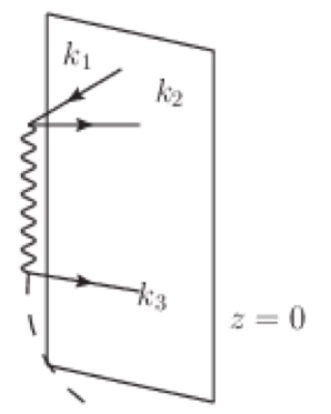http://arxiv.org/abs/1703.05714
In this work we study the imprints of a primordial cosmic string on inflationary power spectrum. Cosmic string induces two distinct contributions on curvature perturbations power spectrum. The first type of correction respects the translation invariance while violating isotropy. This generates quadrupolar statistical anisotropy in CMB maps which is constrained by the Planck data. The second contribution breaks both homogeneity and isotropy, generating a dipolar power asymmetry in variance of temperature fluctuations with its amplitude falling on small scales. We show that the strongest constraint on the tension of string is obtained from the quadrupolar anisotropy and argue that the mass scale of underlying theory responsible for the formation of string can not be much higher than the GUT scale. The predictions of string for the diagonal and off-diagonal components of CMB angular power spectrum are presented.
S. Jazayeri, A. Sadr and H. Firouzjahi
Fri, 17 Mar 17
3/50
Comments: 25 pages, 6 figures















































































































